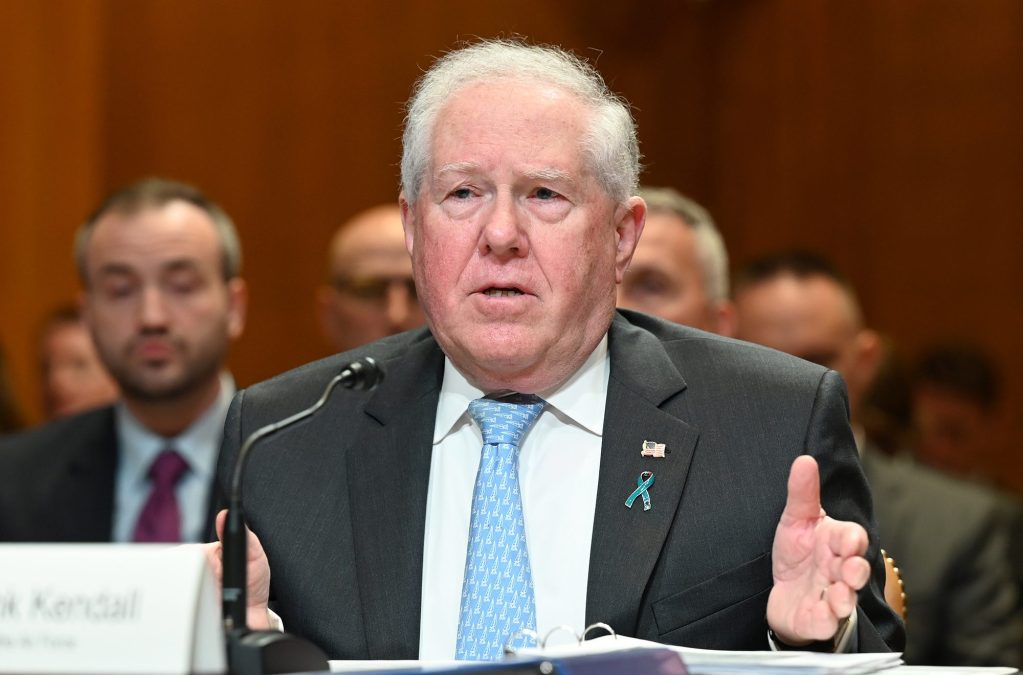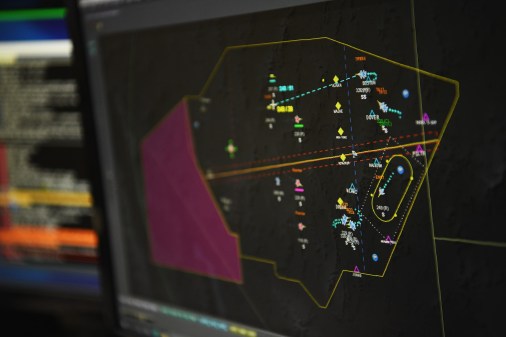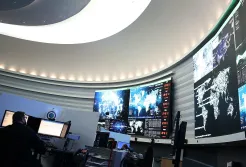Air Force using ‘Quick Start’ authorities for resilient GPS, moving target indication programs

The Air Force plans to leverage new authorities from Congress to initiate early development of two modernization efforts that have not been officially funded by lawmakers, according to Air Force Secretary Frank Kendall.
Through the Department of Defense’s Quick Start authority approved in December as part of the Fiscal 2024 National Defense Authorization Act, the Air Force has received approval to begin work on a “resilient national GPS position, navigation, and timing capability and [command, control and communications, or C3] battle management for moving target indication,” Kendall told lawmakers Tuesday during a Senate Armed Services Committee meeting.
Specific details on the two Department of the Air Force’s two approved programs remain scarce, but they will likely be included in the department’s budget request for fiscal 2026 that will be submitted next year.
The Quick Start rapid acquisition authority allows the Air Force and other services to begin development on new programs without a congressionally approved budget. The authorities look to address the often long periods between when the services ask for funding for new programs in annual budget requests and when lawmakers pass appropriations — during which those new efforts are effectively in limbo.
“The DAF deeply appreciates the ‘Quick Start’ provision placed in the FY24 NDAA and will take full advantage of this opportunity to save precious time,” Kendal wrote alongside Air Force Chief of Staff Gen. David Allvin and Chief of Space Operations Gen. Chance Saltzman in a joint statement ahead of Tuesday’s hearing in a joint statement.
Kendall proposed the initiative in April 2023 and advocated for it throughout the year, emphasizing that it would effectively move modernization programs through the early stages of development, such as requirement studies, risk reduction and design work, without having to pause for official funding approvals.
The 2024 NDAA legislation puts a $100 million cap across all of the Pentagon’s spending for Quick Start — less than the $300 million first proposed by the Air Force — and requires services to submit a detailed proposal to the secretary of defense about the capability, what gap it is filling, cost analysis and why it cannot wait until the subsequent budget cycle.
Services must also transition programs funded by Quick Start to an acquisition pathway or official program of record for continued development within one year, with the possibility for a one-year extension if approved by a service secretary, per the legislation.
GPS resiliency and enhanced PNT capabilities are some of the Space Force’s top priorities. To date, the service has launched six satellites manufactured by Lockheed Martin for GPS III into the larger GPS constellation, and the remaining four space vehicles will enter orbit in the coming years.
At the same time, the service is looking into alternative options for PNT and supporting systems — including in collaboration with the other services and the commercial sector — that are not as vulnerable to adversary attacks, interference or degradation during military operations.
As for moving target indication, the Air and Space Forces have begun work to transition part of that mission from airborne platforms to space-based systems. Work done under the Quick Start proposal will likely cover the command, control and communications architecture needed to conduct tactical intelligence, surveillance and reconnaissance from space.
The Air Force did not provide additional details about how much money was allocated towards the two programs through Quick Start, nor the scope of work that will be conducted.






